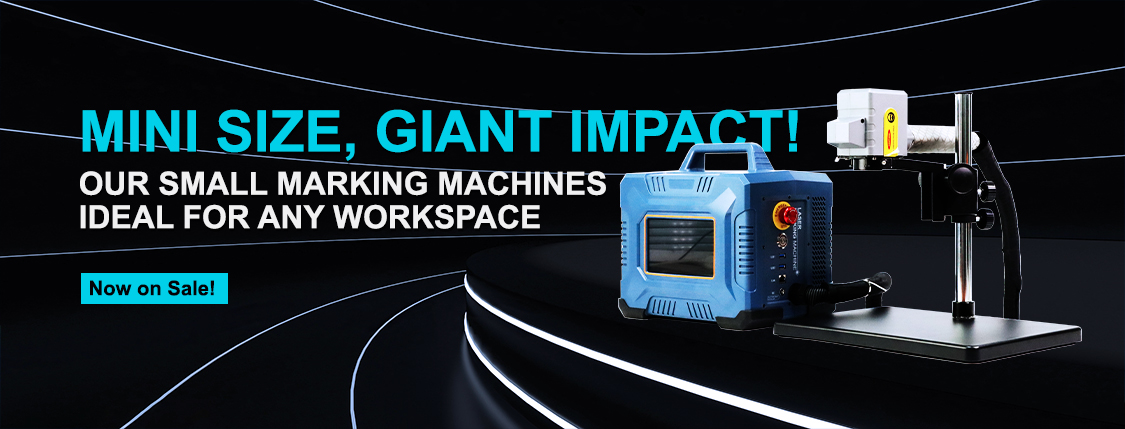Mode of operation of laser
Mode of operation of laser
The laser with different wavelength and different output mode will be absorbed by different tissues or substances after entering the skin and thus produce different action modes. These tissues or substances are called Chromophore.
Photothermal action refers to the absorption of laser light into the skin by specific pigment groups and then converted into heat energy. Depending on the duration of the laser pulse and the heat dissipation time of the skin tissue, the heat may spread to the surrounding tissues and cause a wide range of heating (e.g. stimulating collagen and rejuvenating skin); Or the heat is concentrated only on a specific target, and the target tissue is destroyed above a specific temperature (e.g., hair removal).
Photomechanical action means that after laser enters the skin, due to the extremely short pulse duration, the extreme rapid thermal expansion of the target tissue generates acoustic waves and produces photomechanical effect, thus destroying the target tissue in a mechanical form (such as shatters).
Photochemistry refers to the specific chemical reactions that occur when a target is illuminated by a laser to produce a different effect. A typical example of photochemistry is photosynthesis in plants. In cosmetic optics, for example, some low-energy lasers can induce a chemical reaction in fat cells to remove fat from them, thereby reducing weight. Photochemistry is also the basis of Photodynamic therapy (PDT) because natural photoreceptors react chemically to the associated laser light.



